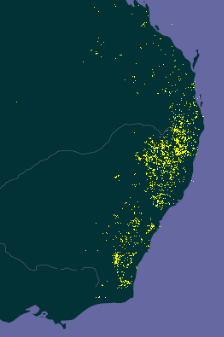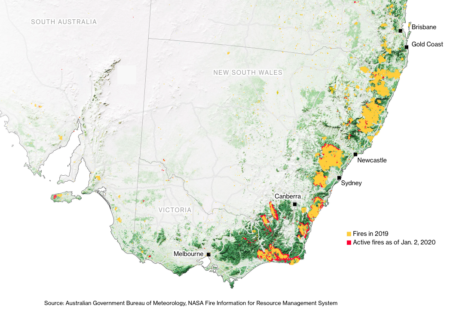I hope Jeremy won’t mind me copying here his take on tomato diversity from the last Eat This Newsletter of 2019. There’s interesting stuff there on coffee and wheat too, so wander over, and subscribe.
It is a truth universally acknowledged, that the modern crop is genetically less diverse than its predecessors. Universally acknowledged perhaps, but in at least one case, not a truth.
Dutch greenhouse tomatoes have been a poster-child for the loss of genetic diversity, the result of breeding for bumper production and good looks, rather than flavour or resilience. In the late 1980s, especially, German newspapers described them as Wasserbomben. Exports of these water bombs to Germany, previously their main destination, collapsed, and Dutch breeders began to pay attention. Their efforts are recognised in a new analysis of seven decades worth of tomato varieties, with a large jump in genetic diversity from the 1990s to the 2000s. An earlier jump, from the 1960s to the 1970s, reflects an effort to breed better disease resistance into existing varieties.
These genetic changes have been accompanied by changes much easier to recognise in the supermarket and on the plate. In the 1950s and 1960s, you would be hard pressed to buy a tomato that weighed less than 50 gm or more than 100 gm. Modern cherry tomatoes and big beefsteak types are newcomers to industrial greenhouses. Flavour profiles too, have changed, with tomatoes becoming both more flavourful and more diverse in their flavour profiles.
Of course, it is still possible to buy a water bomb if you try, but the key conclusion of this study is that tomato genetic diversity has seen “a nine-fold increase since the 1960s”. That’s not to say that things couldn’t be better. Other studies have shown that people generally consider heirloom tomatoes – pre-1950 and not subjected to focussed industrial-style breeding – tastier than modern varieties. Good though recent Dutch breeders have been, they could yet do better.

